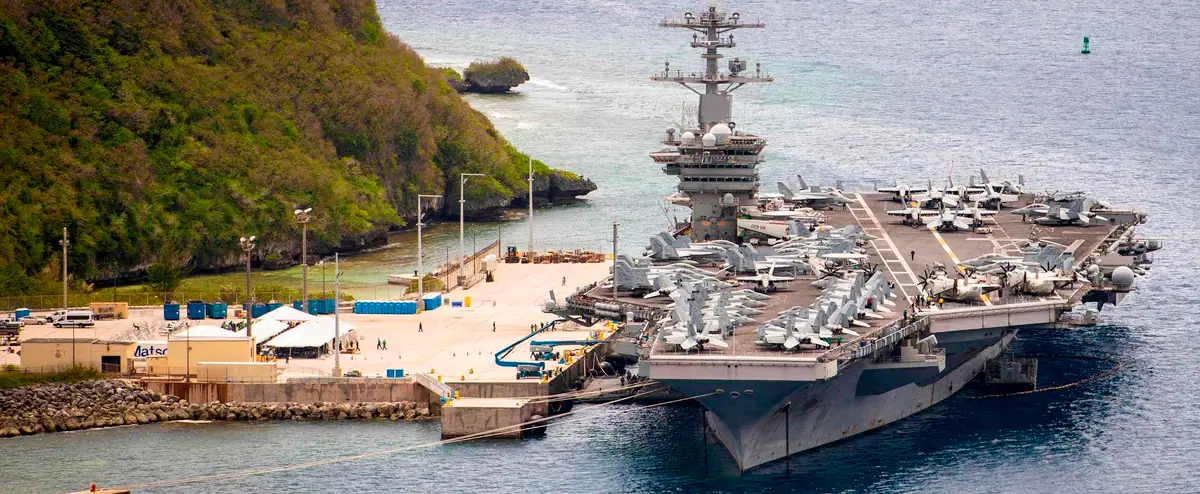China made its second largest incursion of the year into Taiwan’s air defense zone on Monday, with the entry, according to Taipei, of 30 planes into the zone, including more than 20 fighters.
The incursions are the largest since January 23 when 39 planes entered the air defense identification zone (“Adiz”, according to its acronym in English) of the island.
Taiwan’s defense minister announced late Monday that he had taken off his own planes and deployed air defense missile systems to monitor Chinese activity.
Beijing has begun in recent years campaigns of incursions into the defense zone of Taiwan to show its dissatisfaction and to keep pressure on the aging aviation of Taipei.
The island lives under the constant threat of an invasion from China. Beijing considers this territory its own and has promised to recover it, by force if necessary.
The United States accused Beijing last week of escalating tensions over Taiwan, with US Secretary of State Antony Blinken explicitly mentioning aerial incursions as an example of “increasing rhetoric and activity”. more provocative.
A few days earlier, US President Joe Biden had assured that Washington was ready to defend Taiwan militarily in the event of an attack from China.
But the White House later insisted that its policy of “strategic ambiguity” over whether or not intervention was possible had not changed.
Debates are raging in Washington over whether to adopt “strategic clarity” in the face of Beijing’s increasingly aggressive approach.
After Republican Lindsey Graham in April, Democratic Senator Tammy Duckworth arrived in Taipei on Monday to show her support.
Ms. Duckworth is the main promoter of the Taiwan Partnership Act, which aims to deepen relations between Washington and Taipei in the field of security, text which has not yet been put to a vote.
Accident series
After a meeting with Ms Duckworth on Tuesday, Taiwanese President Tsai Ing-wen hinted that some form of rapprochement was already underway.
“The US Department of Defense is now actively planning cooperation between the National Guard and the Taiwan Defense Forces,” Tsai said in a statement, without giving further explanation.
Taiwan’s Adiz is much larger than its airspace and intersects at certain points with China’s own Adiz, and even its territory.
A flight map provided by the Ministry of Defense shows that the planes entered through the southwestern corner of the Adiz before exiting.
Last year, Taiwan recorded a record 969 Chinese military aerial incursions, according to the AFP database, more than double the 380 incursions in 2020.
On October 4, 2021 alone, 56 aircraft entered Taiwan’s Adiz and 196 for the whole of October, which begins with the Chinese National Day.
Taiwan has reported 465 incursions since the beginning of the year, an increase of almost 50% compared to the same period last year.
These incursions put pressure on the Taiwanese plane, which has experienced a series of fatal accidents in recent years.
The local press reported on Tuesday the death of a pilot whose plane crashed in Kaohsiung, in the South.
Already in January, a pilot died after the accident at sea of his F-16V, the most advanced aircraft in the Taiwanese fleet.
In March 2021, Taipei grounded all of its military aviation, after two midair fighters collided (one dead, one missing) – the third fatal crash in less than six months.
